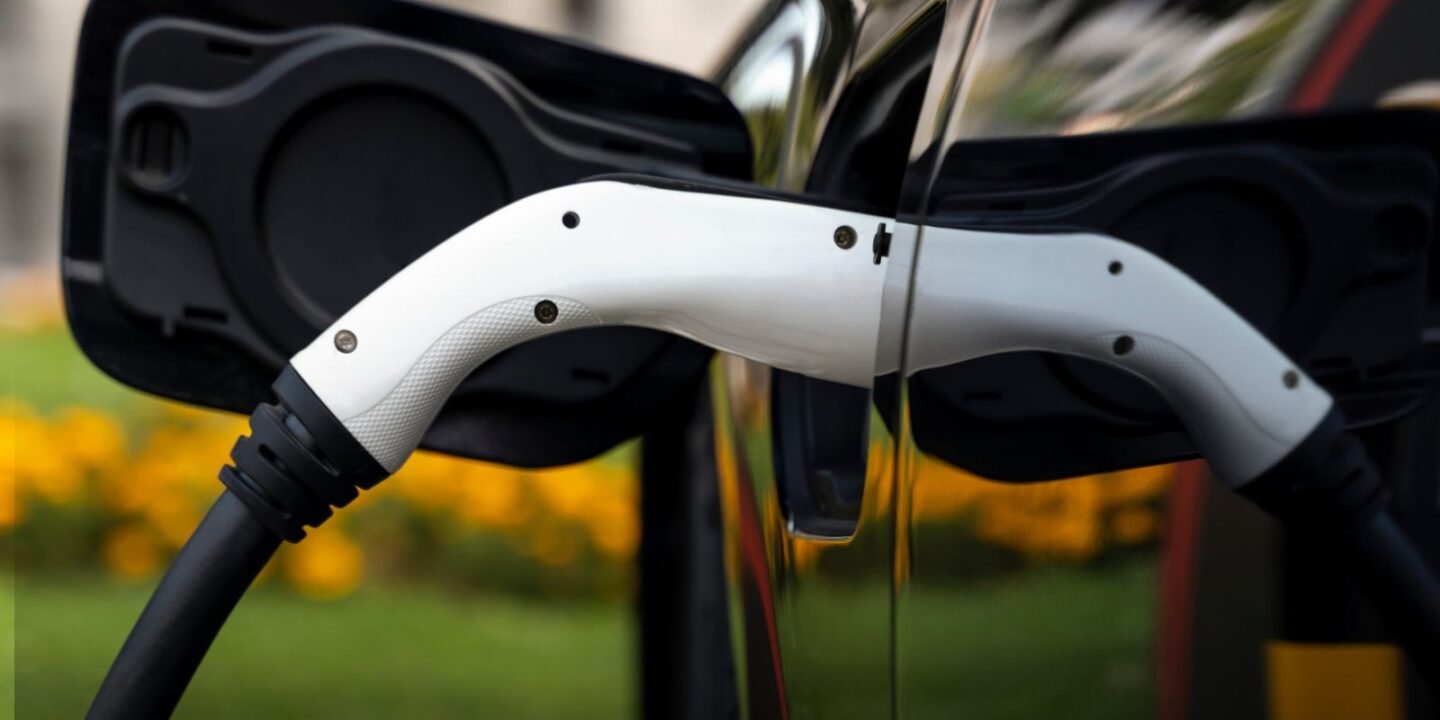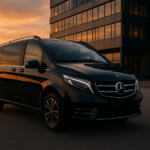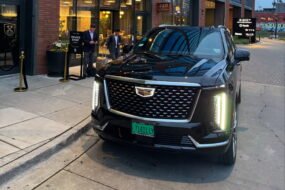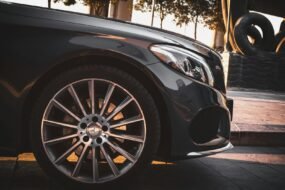
In the world of luxury transportation, the quiet hum of electric vehicles (EVs) is replacing the roar of traditional engines. Once considered a niche option for eco-conscious consumers, EVs are now taking center stage in high-end chauffeur services, redefining luxury for a new era. This shift is more than just a trend—it’s a transformation, driven by technological advancements, environmental awareness, and changing client expectations.
The Appeal of Luxury EVs
Electric vehicles like the Tesla Model S, Mercedes EQS, Porsche Taycan, and Cadillac Lyriq are not just green—they’re glamorous. With cutting-edge designs, state-of-the-art interiors, and unparalleled performance, these vehicles align perfectly with the demands of high-end clients. Features like panoramic glass roofs, customizable ambient lighting, and whisper-quiet rides add a layer of sophistication that traditional luxury cars struggle to match.
For clients, stepping into an EV isn’t just about comfort; it’s a statement. Choosing a chauffeur-driven electric vehicle signals an alignment with modern values of sustainability and innovation.
Why Chauffeur Services are Making the Switch
Luxury chauffeur companies are increasingly investing in EVs for several compelling reasons:
- Sustainability and Client Demand: With the growing emphasis on reducing carbon footprints, many corporate clients and high-net-worth individuals prefer environmentally friendly travel options.
- Cost Efficiency: While the upfront cost of EVs can be high, their lower maintenance and fueling costs make them a smart long-term investment.
- Government Incentives: Subsidies, tax breaks, and other incentives are making it easier for businesses to incorporate EVs into their fleets.
- Future-Proofing: As regulations tighten around emissions, especially in urban areas, EVs ensure compliance with current and future standards.
Technology Meets Elegance
The technology behind luxury EVs enhances not only their performance but also the client experience. Features like autonomous driving capabilities, intuitive infotainment systems, and over-the-air updates create a seamless journey for passengers. For chauffeurs, advanced driver-assistance systems (ADAS) improve safety and reduce fatigue during long trips.
Moreover, EVs are proving their capability in performance. The instant torque of electric motors provides smooth, exhilarating acceleration, perfect for high-end services that prioritize both style and efficiency.
Overcoming Challenges
Despite their advantages, EVs in luxury transportation face some hurdles:
- Charging Infrastructure: While charging networks are expanding, ensuring consistent access to fast chargers remains a concern, particularly for long-distance trips.
- Range Anxiety: Although many luxury EVs boast ranges of over 300 miles, chauffeurs must carefully plan routes to avoid disruptions.
- Initial Investment: The premium cost of EVs can be daunting for smaller operators, though incentives help offset these expenses.
Forward-thinking companies are addressing these challenges by investing in in-house charging stations, training chauffeurs in EV-specific driving practices, and partnering with EV manufacturers for fleet discounts and support.
The Road Ahead
As the luxury transportation industry evolves, electric vehicles are no longer optional—they’re essential. Governments worldwide are pushing for greener transportation, and clients are seeking providers that align with their values.
For operators, incorporating EVs into their fleets isn’t just about keeping up with the competition; it’s about leading the charge into the future. The shift to electric is redefining what it means to travel in style—blending sustainability, technology, and luxury into one irresistible package.
In the words of one industry expert, “Electric vehicles don’t just meet client expectations; they exceed them. This isn’t just the next step for luxury transportation—it’s the leap.”
Luxury EVs are here to stay, and they’re paving the way for a cleaner, quieter, and more elegant tomorrow. Whether you’re behind the wheel or relaxing in the back seat, the future of chauffeur-driven journeys has never looked—or felt—better.








